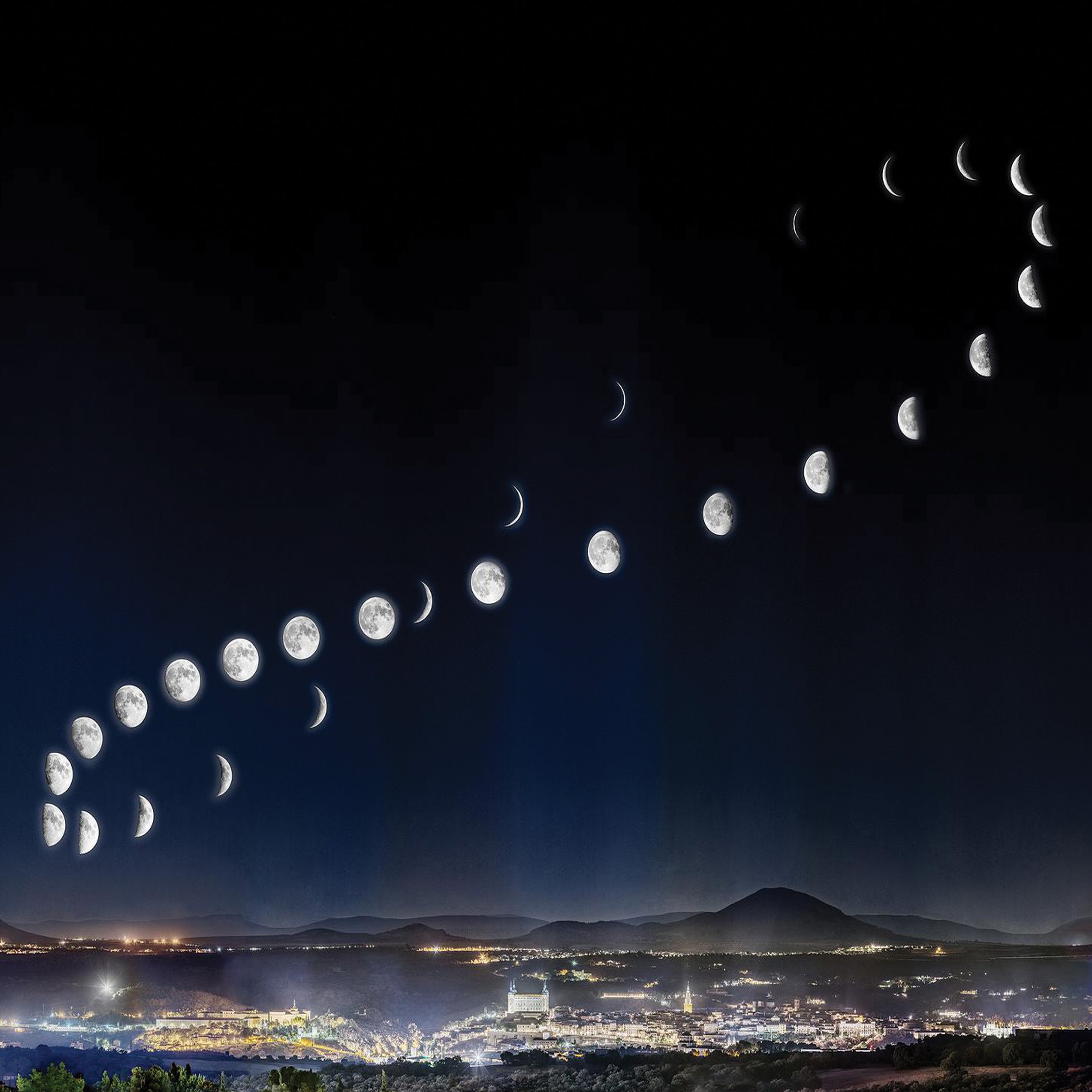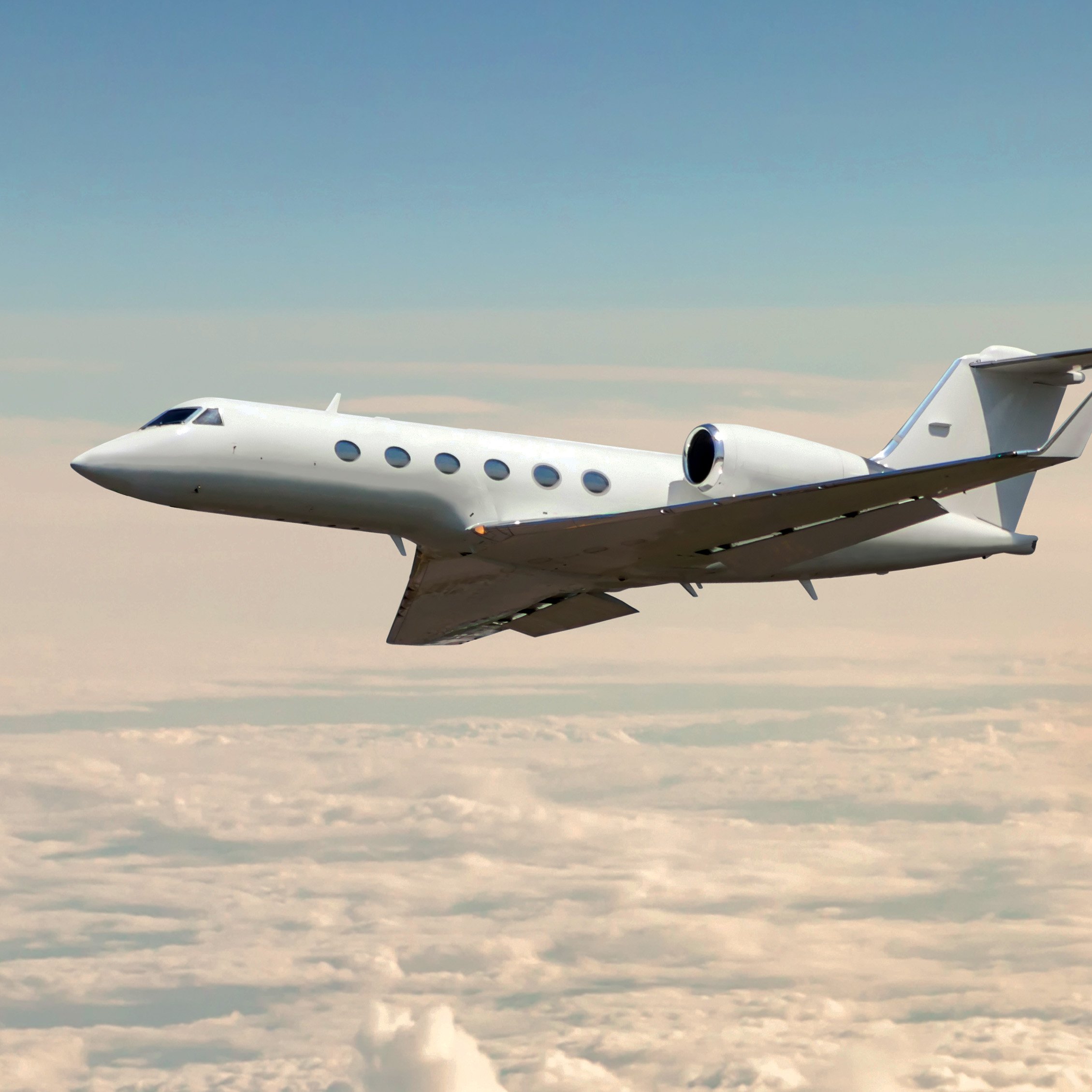EXPERIMENTAL BASIS
Many biological properties - from circadian and circalunar rhythms to basal metabolic rates and chirality - have the potential to be more naturally explained when Earth’s forgotten underlying dynamics are included. But these low energy, slow developing strains fall well below the energy radar of nuclear physics and are totally omitted from both quantum mechanics and biological modeling. This represents a fundamental gap in our understanding of energy exchange within cells. Our team develops the theory and spearheads experiments to help expose how gravitation, electromagnetic, and nuclear forces each contribute to metabolic order. In 2024 we launched our heavy isotope and circalunar peridocity experiments. Our jetlag experiments, lined up for 2025, will search for a known dynamic asymmetry in spinning Earthbound frames. And a growing spectrum of experiments are emerging that will search for evidence of how QM and gravitational relationships are blended within biological environments.
HEAVY ISOTOPE SEARCH
We consume trillions of ‘heavy’ isotopes each day from the food we eat. Heavy isotopes form tighter bonds, they vibrate more slowly, diffuse at slower rates, and often have different spin. How changes in nuclear mass affect metabolic pathways is not well understood. Thus, this experiment will search for evidence of possible negative health effects associated with the migration and accumulation of heavy isotopes in membranes and tissues over long metabolic timelines.
CIRCALUNAR PERIODICITY
All living organisms express circadian rhythms, but less well known is that hundreds of species also exhibit circatidal (12.4 hrs), circasemilunar (14.75 day), and/or circalunar (29.5 day) periodicity. Numerous diseases have been associated with the disruption of metabolic rhythms, however, the biophysics is not well understood at the molecular level. This project is looking for evidence of a bio-gravitational coupling driven by strain associated with Earth’s wobbly orbital motion around our barycenter.
These experiments will test conjecture that jetlag results from the altered dynamic environment of jet travel during eastward vs. westward travel. Although we can’t easily observe small dynamic asymmetries when viewing biological events under a microscope, Lorand Eötvös and a team of geodesists in the early 1900’s identified and quantified just such Coriolis-like effects when traveling aboard moving ships. The equations never found their way into our biology books, but they have been used by geodesists to correct for motion relative to Earth’s surface for over a century. We conjecture that our metabolic pathways might have evolved utilizing these asymmetric dynamics to maintain order at molecular scales and that they become skewed, or ‘phase shifted’ slightly when traveling either east or west for extended periods. These experiments will look for changes in metabolic data within a full spectrum of different types of cells during long flights east and west.



